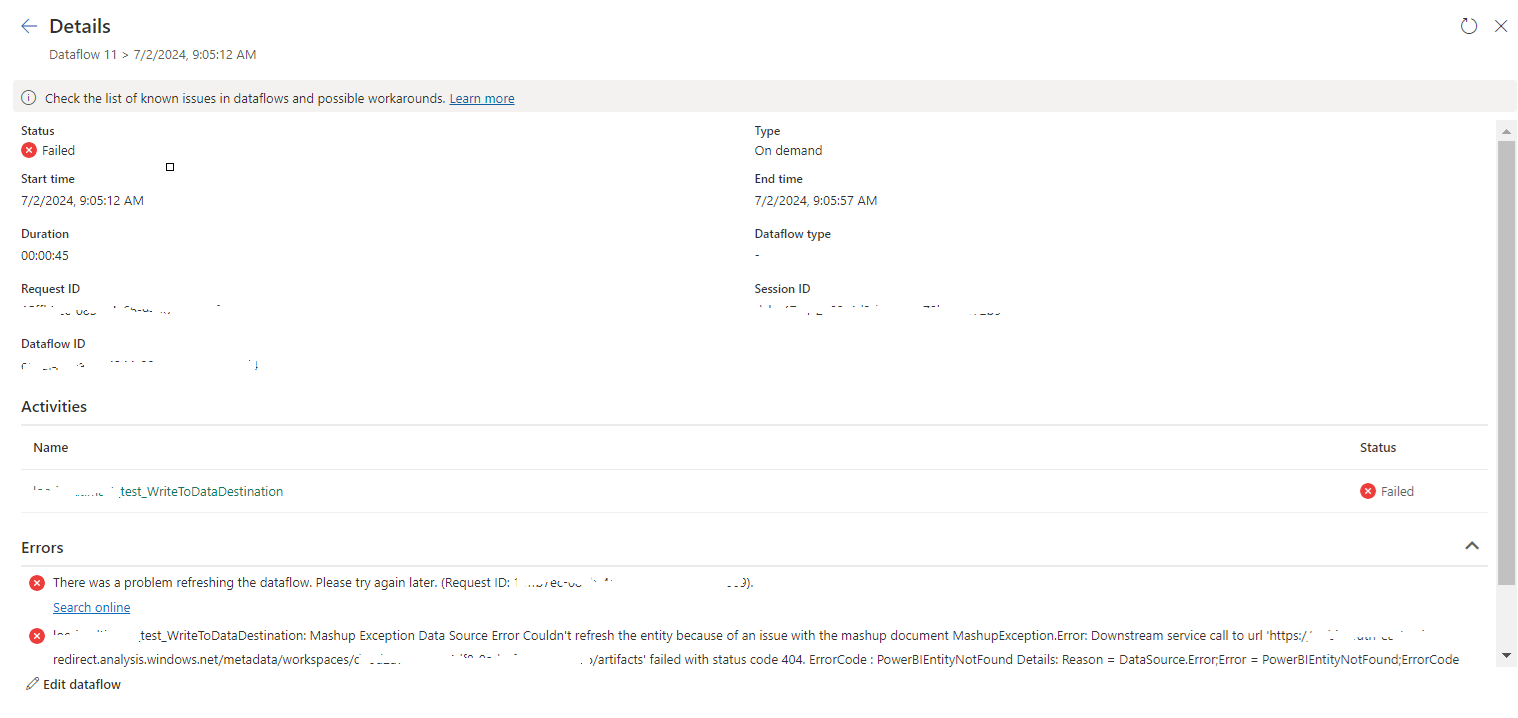In the previous post I have mentioned how to partition SQL Server database tables. But you cannot simply get the information related to those partitioned tables and for that several tables to be considered.
Below query list down the important details about the partitioned table.
You can add any other additional columns from those joined table if needed.
Below query list down the important details about the partitioned table.
1: SELECT T.Name AS TableName,
2: Ps.Name AS PartitionScheme,
3: Pf.Name AS PartitionFunction,
4: CASE
5: WHEN Pf.Boundary_value_on_right = 1 THEN 'RIGHT'
6: ELSE 'LEFT'
7: END AS RangeType,
8: P.Partition_number AS PartitionNumber,
9: P.Rows AS NumberOfRows,
10: rv.[value] AS RangeValue
11: FROM SYS.Tables T
12: JOIN SYS.Indexes I
13: ON T.Object_id = I.Object_id
14: JOIN SYS.Partition_schemes Ps
15: ON I.Data_space_id = Ps.Data_space_id
16: JOIN SYS.Partition_functions Pf
17: ON Ps.Function_id = Pf.Function_id
18: JOIN SYS.Partitions P
19: ON I.Object_id = P.Object_id
20: AND I.Index_id = P.Index_id
21: INNER JOIN sys.partition_range_values rv
22: ON pf.function_id = rv.function_id
23: AND p.partition_number = rv.boundary_id
24: WHERE I.Index_id < 2 --Filter for Clustered Index
25: AND T.[name] = 'PartitionedTable'
26: ORDER BY
27: P.Partition_number


No comments:
Post a Comment